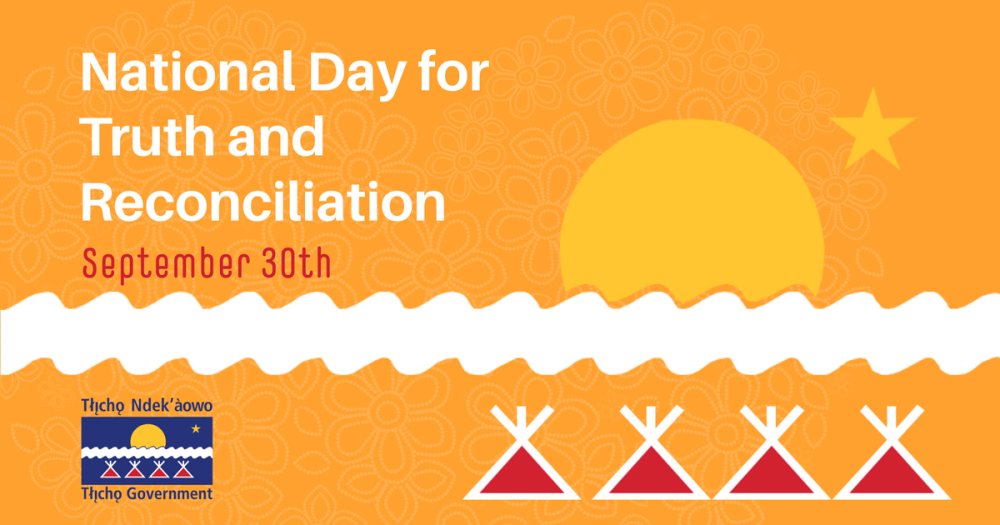The National Day for Truth and Reconciliation on Sept. 30th was created to recognize and commemorate the legacy of residential schools, which more than 150,000 First Nations, Metis and Inuit children were forced to attend between the 1870s and 1997.
The idea of having such a day was one of the 94 recommendations in the Truth and Reconciliation Commission’s final report, which was released in June 2015.
The move came shortly after the remains of approximately 215 children were discovered in late May by the Tk'emlúps te Secwépemc First Nation, on the grounds of the former Kamloops Indian Residential School.
More remains have been found since then, and more searches are underway across the country. The original report estimated that 6,000 children died while attending the schools, although many people expect the number to be much higher.
In addition to acknowledging the impact of residential and day-schools, many are also recognizing the history of Indian Residential Hospitals that separated families and contributed additional trauma to Indigenous peoples.
This holiday allows us to set aside special time in our day-to-day lives to honour, reflect, and learn. It gives us an opportunity to reflect on healing and work with health authorities, other governments including other Indigenous Governments and others to create an environment free from racism and discrimination, and where all people feel safe and respected.
What is the Meaning Behind the Orange Shirt?
Many communities have celebrated Orange Shirt Day for years. The inspiration for Orange Shirt Day came from boarding school survivor Phyllis Jack Webstad who shared her story in the spring of 2013 at the Memorial – School Commemoration project of St. Joseph Mission (SJM) residential school in Williams Lake, British Columbia. She recalled her first day at school as a six-year-old when all her clothes were taken away including a new orange shirt her grandmother had bought for her and were never returned. It took Webstad 40 years to find a way to reframe her experience and to combat racism and bullying under the slogan “All Children Matter” and the use of orange shirts.
Today, Orange Shirt Day exists as a legacy of the SJM Project and on September 30th is the annual event to mark the time of year when indigenous children from their homes were moved to boarding schools. The Orange Shirt celebrates the resilience of all Indigenous peoples and communities and provides an opportunity for people across Canada to participate in discussions that offer recognition, support and engagement about the brutal legacy of boarding school systems.
Pass on the Message of National Truth & Reconciliation Day
The message of Truth and Reconciliation is an important one. We can share that message by discussing it with our friends and loved ones. We cannot change the past but together we can affect how future generations will meet the promise of reconciliation.







